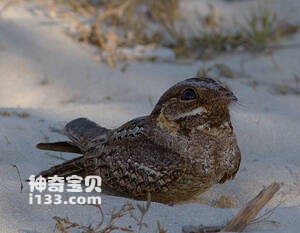
Caprimulgus madagascariensis
Caprimulgus madagascariensis,Madagarscar Nightjar
它被发现在印度洋(包括马达加斯加和附近的岛屿)。马岛夜鹰学名Caprimulgus madaga···
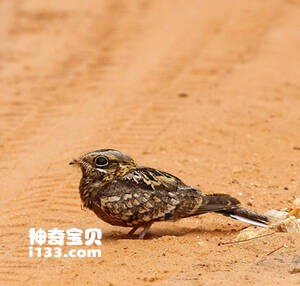
Caprimulgus asiaticus
Caprimulgus asiaticus,Indian Nightjar
The Indian Nightjar is known as Caprimulgus asiaticus and Indian nightjar.Pr···
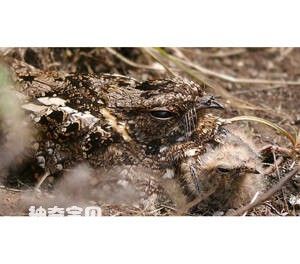
Caprimulgus ruwenzorii
Caprimulgus ruwenzorii,Ruwenzori Nightjar
Its scientific name is Caprimulgus ruwenzorii, and its foreign name is Ruwen···
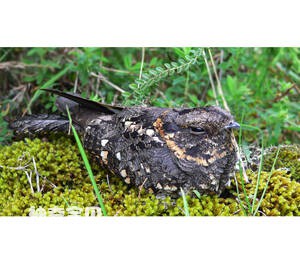
Caprimulgus poliocephalus
Caprimulgus poliocephalus,Abyssinian Nightjar
Caprimulgus poliocephalus and Abyssinian Nightjar are unknown.Protect wild a···
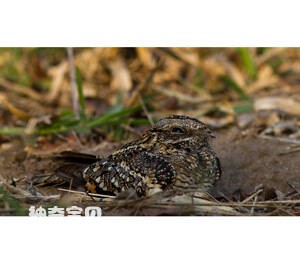
Caprimulgus pectoralis
Caprimulgus pectoralis,African Dusky Nightjar
The species is known as Caprimulgus pectoralis and African Dusky Nightjar.Pr···
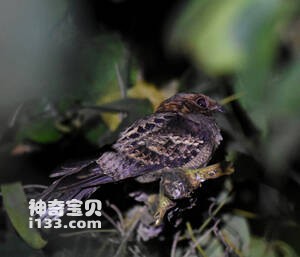
Caprimulgus nigriscapularis
Caprimulgus nigriscapularis,Black-shouldered Nightjar
Its scientific name is Caprimulgus nigriscapularis, and its foreign name is ···
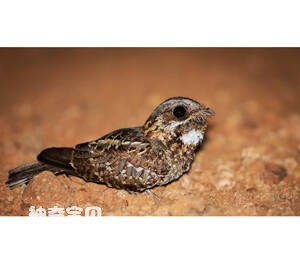
Caprimulgus donaldsoni
Caprimulgus donaldsoni,Donaldson-Smith's Nightjar
The scientific name Caprimulgus donaldsoni, foreign name Donaldson-Smith'···
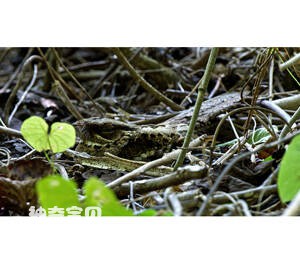
Caprimulgus celebensis
Caprimulgus celebensis,Sulawesi Nightjar
Its scientific name is Caprimulgus celebensis and its foreign name is Sulawe···
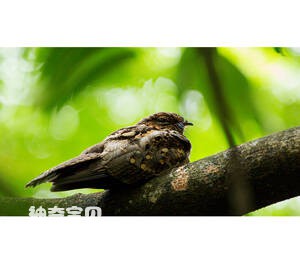
Caprimulgus manillensis
Caprimulgus manillensis,Philippine Nightjar
The species is known as Caprimulgus manillensis and Philippine Nightjar.Prot···
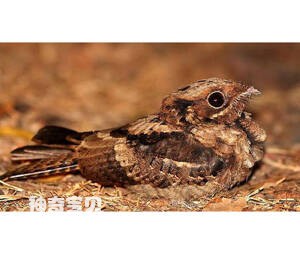
Caprimulgus atripensis
Caprimulgus atripensis,Indian Long-tailed Nightjar
Caprimulgus atripensis (Indian Long-tailed Nightjar) is an Indian long-taile···
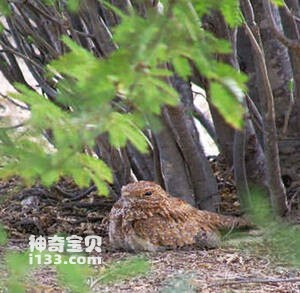
Caprimulgus eximius
Caprimulgus eximius,Golden Nightjar
The scientific name of the Golden Nightjar is Caprimulgus eximius, the forei···
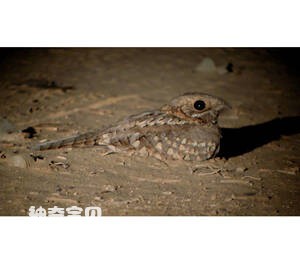
Caprimulgus nubicus
Caprimulgus nubicus,Nubian Nightjar
Its scientific name is Caprimulgus nubicus and its foreign name is Nubian Ni···
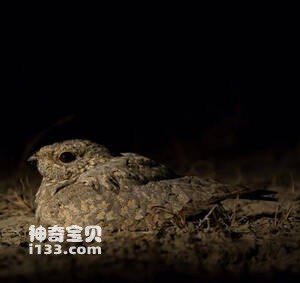
Caprimulgus mahrattensis
Caprimulgus mahrattensis,Sykes's Nightjar
The scientific name of Caprimulgus mahrattensis, the foreign name Sykes'···
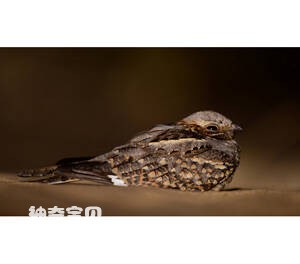
Caprimulgus rufigena
Caprimulgus rufigena,Rufous-cheeked Nightjar
Its scientific name is Caprimulgus rufigena, and its foreign name is Rufous-···
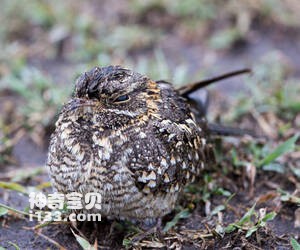
Caprimulgus fraenatus
Caprimulgus fraenatus,Sombre Nightjar
Its scientific name is Caprimulgus fraenatus and its foreign name is Sombre ···
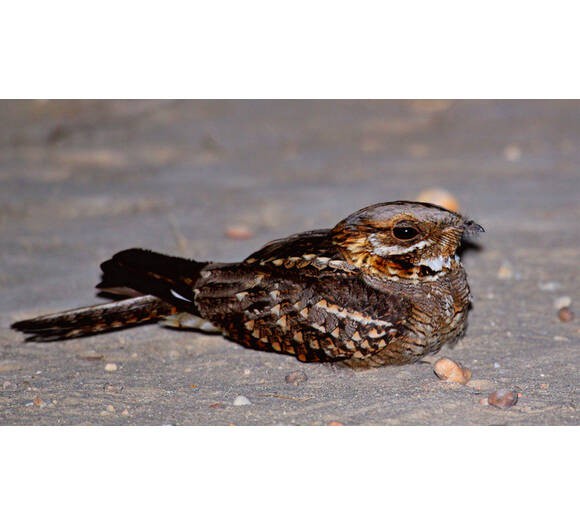
Caprimulgus ruficollis
Caprimulgus ruficollis,Red-necked Nightjar
Caprimulgus ruficollis, also known as Red-necked Nightjar, is unknown.Protec···
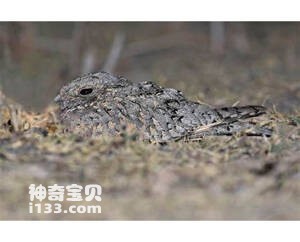
Caprimulgus binotatus
Caprimulgus binotatus,Brown Nightjar
Its scientific name is Caprimulgus binotatus, and its foreign name is Brown ···
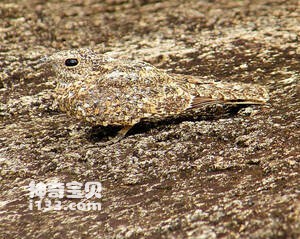
Caprimulgus hirundinaceus
Caprimulgus hirundinaceus,Pygmy Nightjar
南美洲(包括哥伦比亚、委内瑞拉、圭亚那、苏里南、厄瓜多尔、秘鲁、玻利维亚、巴拉···
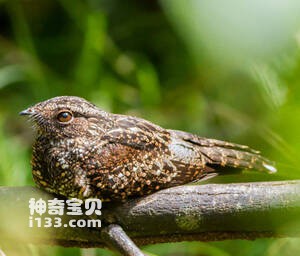
Caprimulgus nigrescens
Caprimulgus nigrescens,Blackish Nightjar
Its scientific name is Caprimulgus nigrescens, and its foreign name is Black···
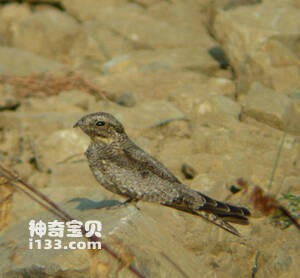
Caprimulgus anthonyi
Caprimulgus anthonyi,Scrub Nightjar
The Scrub Nightjar is also known by its scientific name Caprimulgus anthonyi···
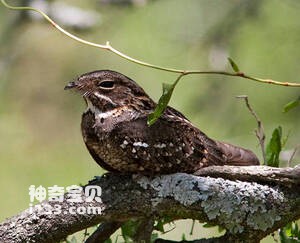
Caprimulgusparvulus
Caprimulgusparvulus,Little Nightjar
< span style=" font - family:宋体;text-align:左;" >小夜鹰学名···
